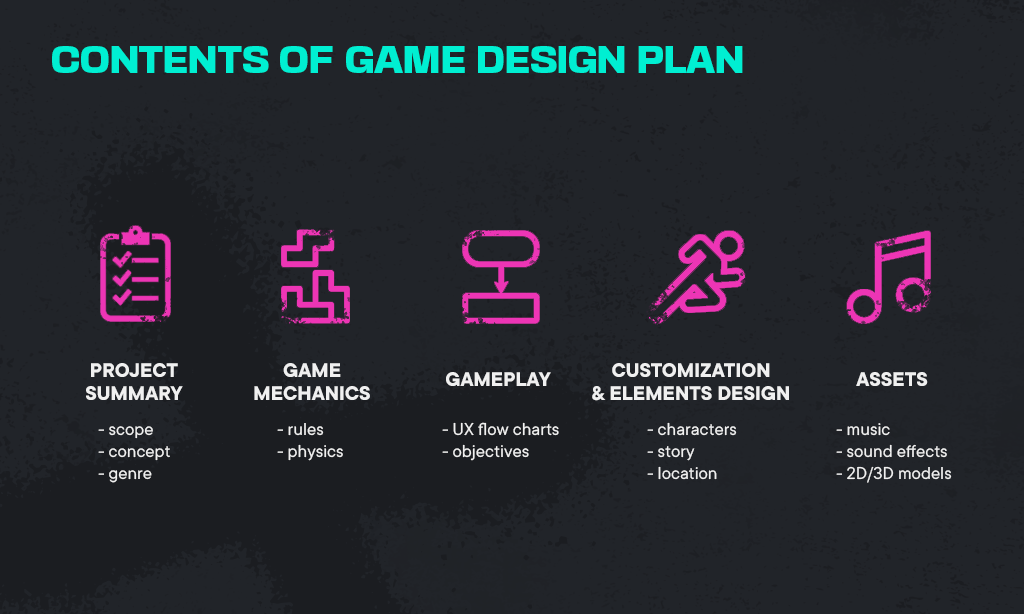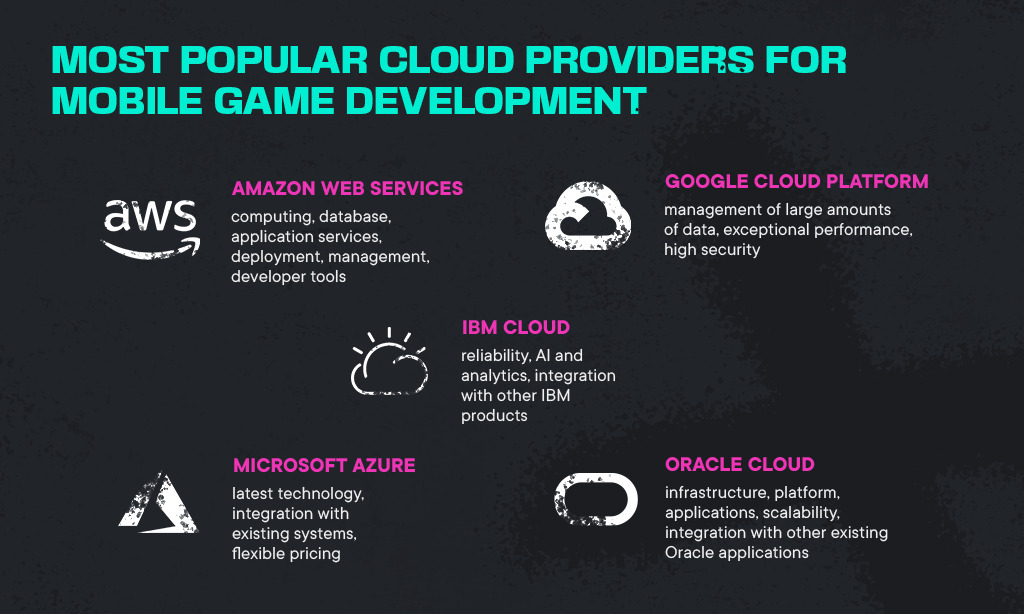You’ve done your research and made a plan. Now, it’s time to assemble a team. Depending on the type and scope of your game, you may have anywhere from 2 to 200 people collaborating. for full-cycle mobile game development, the team will include a project manager, a software engineer, a designer, an art director, and possibly UI/UX designers.
“An idea is only as strong as the team behind it.” – Unknown
Project Manager: The project manager is responsible for managing the entire development project. This includes overseeing the development team, setting goals and timelines, tracking progress and performance, ensuring the project meets quality standards, and coordinating with other departments and customer representatives. They are also responsible for ensuring the development process is efficient and effective, and the project is delivered on time and on budget.
Software Engineer: Sometimes called a “solution architect” or “Software Developer”, depending on the size of an organization and range of responsibilities. This person is often tasked with defining the technical architecture of the game along with a team. This includes planning the overall infrastructure base, developing the system design, creating the system architecture (including software, hardware and networking components), designing the databases, designing the user interfaces and creating the development environment.
Game Designer: The designer is responsible for creating the game design document, which outlines the game’s core mechanics, storyline, levels, and other elements. During the pre-production phase they will work closely with the development team to ensure the game mechanics, levels, and other elements are implemented correctly. They will also provide feedback and recommendations to ensure the game is engaging and fun for the target audience.
Art Director: The art director is responsible for creating all visual elements. This includes concept art, animation, and 3D models. During this phase, they help clarify the art style based on the client’s vision, product requests, and technical limitations. They will also oversee the development of art assets, create a style guide, and ensure that the game looks and feels cohesive.
UI/UX Designers: UI/UX Designers are responsible for designing user interfaces and experiences that are intuitive, effective, and engaging. During this phase they will create wireframes, prototypes, and visuals to illustrate the game’s user interface and experience. They will also provide feedback and recommendations to the development team to ensure the user experience is optimized for the target audience.
Team members should have a shared passion for the project and be willing to collaborate and problem solve together. Professionals from other fields such as marketing, sound, and analytics may need to be brought in. Effective communication is essential for the project to come to fruition.


